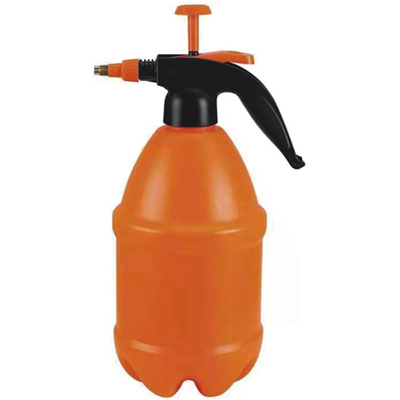An agricultural sprayer pump is a crucial component of modern farming practices, allowing for efficient and effective application of pesticides, herbicides, fertilizers, and other agricultural chemicals. The pump's role in dispersing these substances accurately and uniformly across crops is essential for maximizing yields while minimizing waste and environmental impact. This article delves into the principles of operation behind an agricultural sprayer pump.
1. Pump Types and Configurations:
Agricultural sprayer pumps come in various types and configurations, each designed to meet specific application needs. The two primary types of pumps used in agricultural sprayers are diaphragm pumps and centrifugal pumps.
Diaphragm Pumps: These pumps use a flexible diaphragm to create a pressure differential that draws in and pushes out the liquid. The diaphragm's movement is often powered by an engine or electric motor, creating a pulsating flow of liquid.
Centrifugal Pumps: These pumps rely on centrifugal force to move liquids. They consist of an impeller that rotates within a casing, generating a high-speed flow of liquid. Centrifugal pumps are known for their continuous flow and relatively high capacity.
2. Suction and Discharge:
The pump's operation begins with the suction phase, during which the pump draws liquid from a tank or reservoir. This liquid is then pushed through the pump's internal components and eventually discharged through the spray nozzles.
3. Pressure Creation:
Both diaphragm and centrifugal pumps create pressure within the system. In diaphragm pumps, the pressure is generated by the oscillation of the diaphragm, while centrifugal pumps rely on the impeller's rotational motion to create pressure. This pressure is crucial for propelling the liquid through the spray nozzles at the desired application rate.
4. Spray Nozzles:
The liquid delivered by the pump reaches the spray nozzles, where it is atomized into fine droplets. Nozzle selection is critical, as it determines the droplet size and spray pattern. Smaller droplets are more susceptible to drift but provide better coverage, while larger droplets are less prone to drift but may result in uneven distribution.
5. Calibration and Precision:
To ensure accurate and efficient application, agricultural sprayer pumps must be properly calibrated. Calibration involves adjusting the pump's settings to achieve the desired application rate, which is influenced by factors such as travel speed, nozzle type, and chemical concentration. Precision in calibration minimizes chemical wastage, reduces environmental impact, and maintains optimal crop coverage.
6. Maintenance and Care:
Regular maintenance is essential to keep the sprayer pump operating effectively. This includes cleaning the pump, inspecting for wear and tear, and addressing any mechanical issues promptly. Proper maintenance ensures the pump's longevity and consistent performance throughout the agricultural season.
7. Technological Advancements:
Advancements in technology have led to the development of precision agriculture techniques, including the use of sensors, GPS, and automated control systems. These technologies enable real-time monitoring of application rates and coverage, allowing farmers to make data-driven decisions and optimize their spraying operations.
In conclusion, the agricultural sprayer pump plays a pivotal role in modern farming by facilitating the controlled and efficient distribution of agricultural chemicals. Whether using a diaphragm or centrifugal pump, the principles of suction, pressure creation, nozzle atomization, calibration, and maintenance are fundamental to the pump's successful operation. As technology continues to evolve, so too will the capabilities and efficiency of agricultural sprayer pumps, contributing to sustainable and productive agricultural practices.










